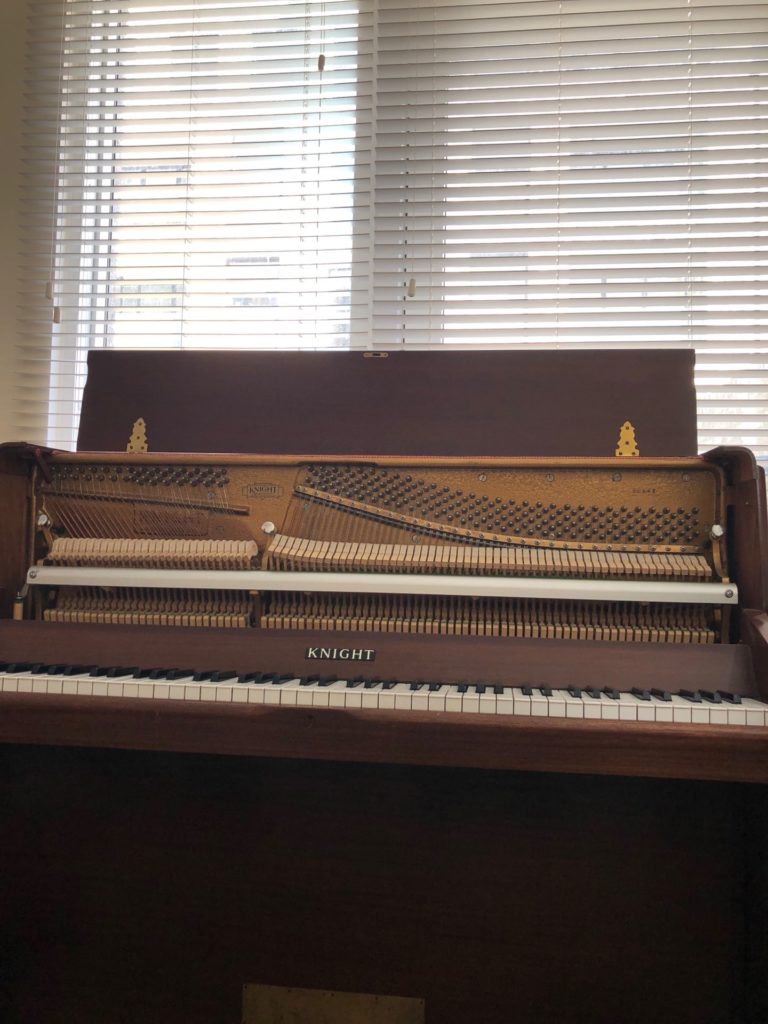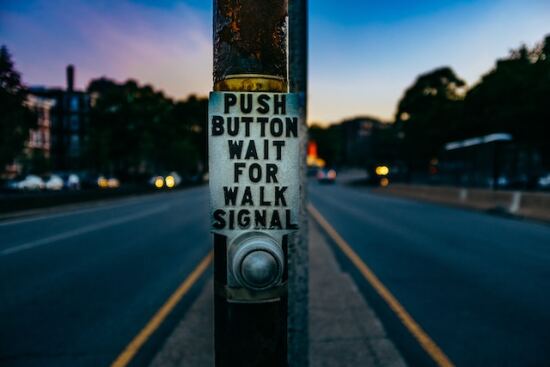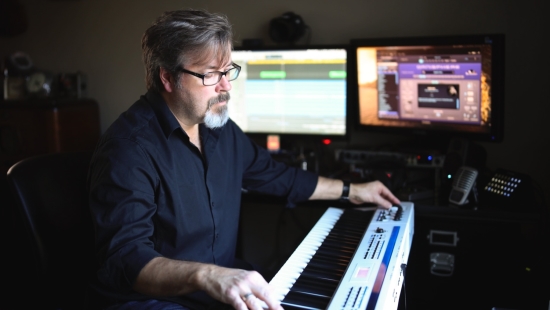
The story
Greetings one and all. Thank you for downloading this very quirky (not quite half) piano I made.
You’ve just downloaded the ‘Onj Knight K10 Upright – Lazy Piano’ which is a 36-note Knight K10 upright piano that lives, coincidentally, in my living room.
I should add by the way, that the piano itself has all 88 notes and they do work. However, this was a concept idea that I initially posted to youtube, got some great feedback on, and so decided to post it here in hopes that, even though it’s not fully-fledged, will still spark some creative uses regardless.
How I recorded it
I used Logic 10.7.4 at 24-bit 48 KHz, and recorded each of the 36 notes chromatically at 120 BPM for 8 bars (16 seconds) before moving onto the next one.
The range goes from C2-C5 (or C1-C4 depending on your nomenclature) and I did this in one take, and at one velocity.
Using two Cad M179 multipattern microphones on a stereo-bar off to the right of the piano, you get a hint of stereo without any particular direction,but a lovely room ambiance that to me at any rate, definitely makes me feel like I’m in the room with a real instrument.
This signal was fed into a Native Instruments Komplete Audio 6 MK2 interface, which has pretty decent preamps for the price.
Q: Why didn’t you record everything else?
A: It was a noisy Saturday afternoon (30 Apr 2022 to be exact) and it was hot in London, so the window was open, and this literally was only meant to be an unsaved test that nobody would care about anyway, but it turned out to be quite playable once I was done with it, so I had to share it.
My goal literally, was to try this test and see if it would even work, play it for a few minutes and go about my life as if nothing had happened, but it didn’t quite work out that way.
What happened was this.
I sat down at the piano, I set up an audio track in Logic at 120 BPM, I hit record and started at my first note. Trying to keep all velocities even across the board and whilst making as little noise as possible, I set out to record at least a few octaves.
little did I know that sitting there, trying not to cough, trying not to breathe is difficult stuff and a body has to move after a while. Not to mention all the external noises that come with living in London on a hot Saturday afternoon.
The method I used to turn this into a playable instrument was to have Logic’s auto-detection of transients do it’s work. This means that, after recording, I pressed CTRL+E, chose Sampler, chose Transient detection and let it run.
What I got back was an immediately playable instrument that sounded very close to the real thing, complete with noises.
There’s one major problem with all of this. Logic’s sampler used to be called ‘EXS24’ as some of you may remember, and at that time, it was accessible to the blind, so we could edit our own samples and do all the necessary things that one would need to do, to make a sample playable and convenient.
This however, broke when EXS24 just became Sampler, so now we can’t do many of the fine edits that those with working eyes are able to do.
This means that essentially, when I want to sample something into Logic, what I put in is what I get out. No redo’s, no do-overs, nothing.
That’s why if you look in the Samples folder for example, the file isn’t the same as the EXS file, but it’s simply called ‘Untitled_1#01’.
This is because when I did try to rename it and get Logic to find it, it complained bitterly, so I had to leave it be, even if it’s clunky and unprofessional. You have my apologies for that.
This is also why you hear all the noises in the file, as I wasn’t sure how Logic would feel about me adding retakes later, and since the thing is far less usable than it once was, I had to go with it as it happened. This does however, give the sample-set quite some character.
Almost every note has a little gem to offer you towards the end of the 16-seconds for which it exists.
From barking dogs on F3 and F#3 to an obnoxious motorbike on C5, it’s all there.
I do have plans to record this properly at some point, definitely. As far as I know, there isn’t another Knight K10 sample library to be found, and this is hardly the epitome of such a thing but I’ve honestly sat and played these 36 notes for hours over the few days I’ve had it, and found myself playing in ways that I just wouldn’t, on the real thing.
I hope this brings you some amount of joy as it has me, and look forward to what you may make with it.
Decent Sampler Download
When I posted this to twitter on Saturday afternoon, a kind person called @_traviswashere said he was working on a Decent Sampler version, and has posted this here.
All thanks to him, and the reason it’s not included in this download is because I myself didn’t make it, and therefore didn’t feel it right to add it to the download myself.
https://www.dropbox.com/s/v611tayujo0j4io/LazyPiano.zip?dl=1
My definite thanks to Travis for his efforts here.
Youtube video/demo
The first thing I did after creating it, was to make a quick video about my lazy piano and show how it sounds. In this video, I show two tracks that can be played within the 36-note limit.
Those are:
‘Crazy’ – Gnarls Barkley
and ‘Don’t Know Why’ – Norah Jones.
I turned 36 notes of my Knight K10 into a sampled instrument https://youtu.be/jOwCNmNdxp8
If you got this far, thanks for reading, and if you enjoy the sounds, thanks for playing.
Onj Knight K10 Upright - Lazy Piano
Reviews for Onj Knight K10 Upright – Lazy Piano
- Sound
- Character
- Playability
- Inspiration
- GUI
Leave a review to let others know what you thought of the instrument!
Atmosphere Ltd.
The limitations of this sample pack are well documented but it is it's character that should tempt you to download it. Within the 36 keys presented there is a lovely sounding single velocity layer for perfect for midrange held piano chords and soft ambient lines especially when mixed into a track with other atmospheric noise elements. I really like the sound of this piano perhaps you will too.
A cool concept but hard to "compete"
Similar to how Christian was challenged to create a sampled instrument in a limited amount of time, this instrument was made by some limitations as well. Because of those limitations though, this is not the perfect crystal clear piano. It's quite the opposite actually. It's sloppy, not that dynamic, and if you manage to hold down the notes for long, you will definitely listen some city noises every now and then.
Nice sound but incomplete
The disappointment here is that the K10 piano sounds really nice. The lack of dynamics and the background noises unfortunately leaves it mostly unusable for me. Having a police siren kick in each time you play the E above middle C makes this a pass for me.



